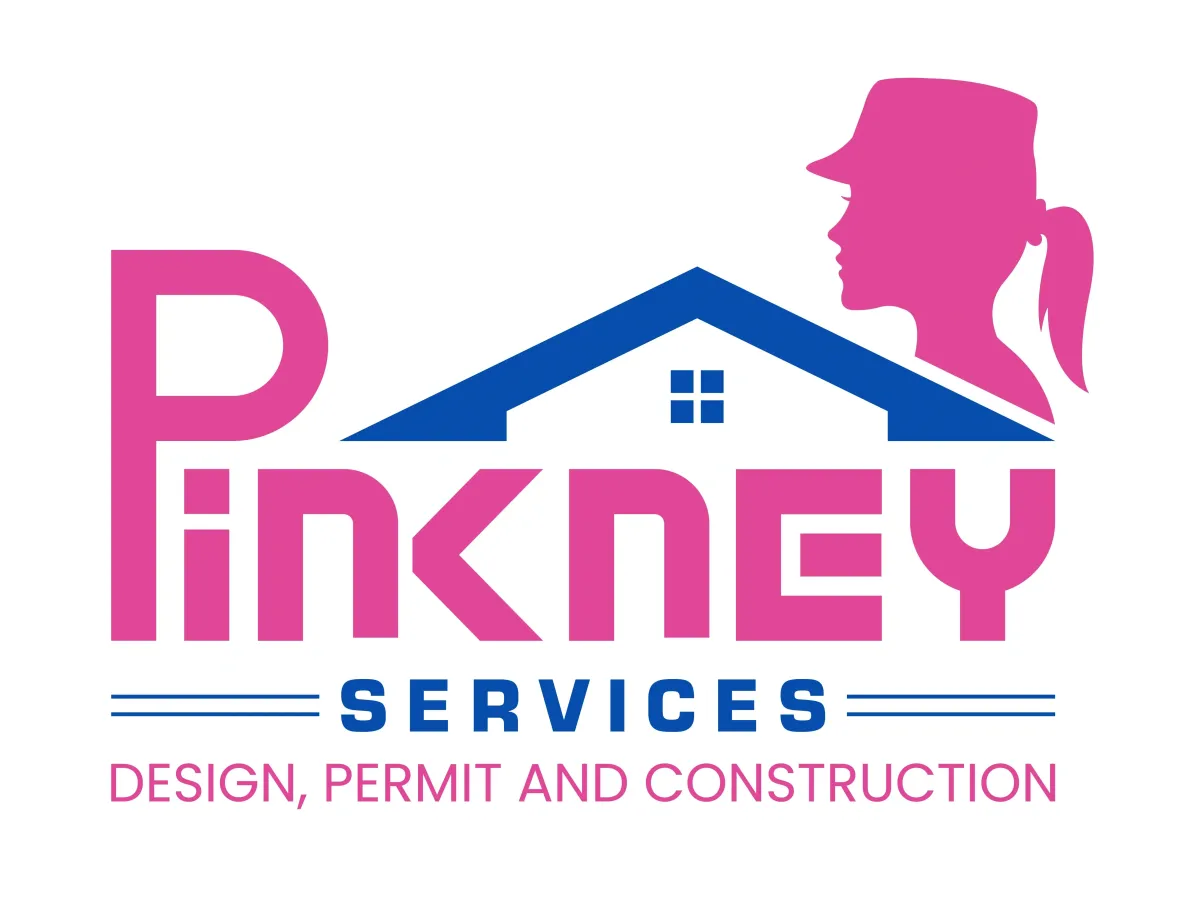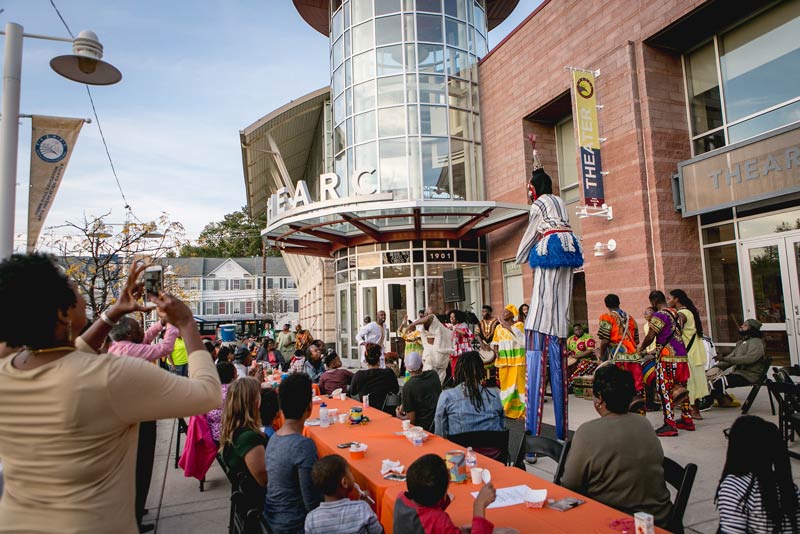
Kitchen Remodeling Average Cost | Budget & Tips for Your Project
What Are the Primary Factors Influencing the Kitchen Remodeling Average Cost?
Understanding the kitchen remodeling average cost requires a comprehensive analysis of multiple interconnected elements. While the phrase suggests a median figure, the actual expenditure can vary significantly based on specific choices, scope, and regional influences. To ensure a successful transformation without unforeseen financial burdens, it is essential to dissect these determinants meticulously.
How Do Material Choices Impact the Kitchen Remodeling Average Cost?
Material selection constitutes a fundamental component affecting overall expenses. High-end materials such as imported granite countertops, custom cabinetry, and premium flooring will invariably elevate costs. Conversely, opting for more budget-friendly alternatives like laminate countertops and composite flooring can substantially reduce the financial outlay while still achieving aesthetic appeal. A balanced approach involves assessing durability, visual consistency, and budget constraints.
What Is the Effect of Kitchen Size and Layout on Budgeting?
The physical dimensions and structural layout of your kitchen are directly proportional to the renovation costs. Larger kitchens naturally demand more materials, labor hours, and time, which translate to higher expenses. Furthermore, complex layouts with multiple corners, islands, or unique architectural features demand specialized labor and custom solutions, influencing the kitchen remodeling average cost.
How Do Cabinetry Choices Affect Overall Expenses?
Kitchen cabinetry often represents the most significant expenditure within renovations. Custom-built cabinets offer tailored solutions with high aesthetic value but tend to cost more than stock or semi-custom options. For those seeking a cost-effective yet elegant solution, exploring options such as [kitchen cabinet refacing](https://pinkneyservices.com/post/kitchen-cabinet-refacing-southwest-waterfront-district-of-columbia) can provide aesthetic upgrades without the full expense of replacement.
What Role Do Appliances and Fixtures Play in Cost Considerations?
Upgrading appliances is not only about functionality but also affects the total budget. High-end, energy-efficient appliances often come with premium price tags but offer long-term savings. Additionally, fixtures such as sinks, faucets, and lighting fixtures should be selected based on quality and style, aligning with the overall design while respecting budget limits.
How Does the Choice of Professional Services Influence the Total Cost?
Engaging experienced professionals ensures quality craftsmanship, adherence to safety standards, and durability of the renovation. However, professional fees vary based on expertise, project complexity, and regional labor rates. Working with reputable firms like Pinkney Services can help streamline the process, address unforeseen challenges, and optimize the kitchen remodeling average cost for your specific project.
Can the Scope of Work Significantly Affect the Remodeling Budget?
Indeed, the scope—ranging from minor updates such as cabinet painting or backsplash installation to comprehensive structural changes—bears a direct relationship to costs. A strategic approach involves prioritizing upgrades that add value and functionality, such as [professional kitchen backsplash installation](https://pinkneyservices.com/post/professional-kitchen-backsplash-installers-near-me), which can enhance aesthetic appeal without extensive demolition.
What Are Regional and Market Factors That Influence Remodeling Costs?
Location plays a pivotal role in cost determination. Urban centers or regions with higher living costs tend to have elevated labor and material prices. Additionally, market variations in supply chains, demand for skilled labor, and regional building codes can contribute to fluctuations in the kitchen remodeling average cost.
How Can Budget Planning and Financing Options Optimize the Remodeling Process?
Effective budget planning involves detailed cost estimation, contingency funds, and exploring financing avenues. For homeowners in Washington, D.C., options such as [kitchen remodeling financing](https://pinkneyservices.com/post/kitchen-remodeling-financing-options-columbia-heights-district-of-columbia) enable manageable investment spreads, facilitating comprehensive renovations without immediate financial pressure. Skilled planning ensures your project aligns with your financial capacity and desired outcomes.
What Are Practical Strategies for Cost Optimization During Kitchen Remodeling?
Careful planning and informed decision-making can significantly control expenses. Some actionable strategies include:
- Prioritizing upgrades that yield high ROI, such as lighting and cabinetry.
- Choosing durable yet affordable materials like those offered by [kitchen cabinets 4 you](https://pinkneyservices.com/post/kitchen-cabinets-4-you).
- Incorporating DIY elements where feasible to reduce labor costs.
- Seeking professional consultations to prevent costly design errors.
What Roles Do Design Trends and Personal Aesthetics Play in Cost Variability?
Incorporating current design trends or personalized aesthetics can influence cost, especially if custom features or high-end finishes are involved. While trendy designs add value and contemporary appeal, they often require specialized materials or artisans, thus increasing expenditures. Balancing style with budget is crucial for achieving a satisfactory outcome.
Are There Cost-Effective Alternatives to Full Kitchen Renovations?
Yes. Partial updates like cabinet refacing or installing new backsplash tiles can create a fresh look with minimal disruption and expense. For insights into updating your kitchen economically, consider exploring options such as cabinet refacing services. Such approaches are perfect for homeowners seeking to enhance aesthetic appeal without the upheaval of complete renovation.
How Can I Assess the Estimated Cost for My Specific Kitchen Remodel?
Creating a precise estimate involves evaluating your preferred scope, materials, and labor costs specific to your region. Engaging with experienced contractors for a detailed quote is advisable. They can help you understand the potential kitchen remodeling average cost for your project and suggest cost-saving measures tailored to your goals.
Frequently Asked Questions (FAQ)
The costs can vary widely depending on scope and location. Generally, small updates may cost a few thousand dollars, while comprehensive renovations could extend into the tens of thousands. Consulting professionals helps set realistic expectations for your specific project.
Establishing a contingency fund, usually around 10-15% of your budget, is a standard practice. Additionally, working closely with your contractor ensures that potential issues are identified early and managed efficiently.
This depends on the existing kitchen’s condition, desired scope, and budget. Sometimes, partial updates or refacing are more economical, while in other cases, a complete rebuild may provide better long-term value and functional improvements.
Common pitfalls include underestimating costs, choosing low-quality materials for long-term durability, and inadequate planning. Engaging experienced professionals and thorough project planning can mitigate these issues.
Start by researching local contractors with strong portfolios and reviews. For tailored professional assistance in Georgetown and nearby areas, consider [professional kitchen renovation services](https://pinkneyservices.com/post/professional-kitchen-renovation-services-georgetown-district-of-columbia).
Ultimately, the kitchen remodeling average cost hinges on a confluence of material selections, project scope, labor rates, and regional market conditions. By understanding these factors and making informed choices, homeowners can optimize their investment, achieving a functional and stylish kitchen that aligns with their aesthetic goals and financial plans.





















